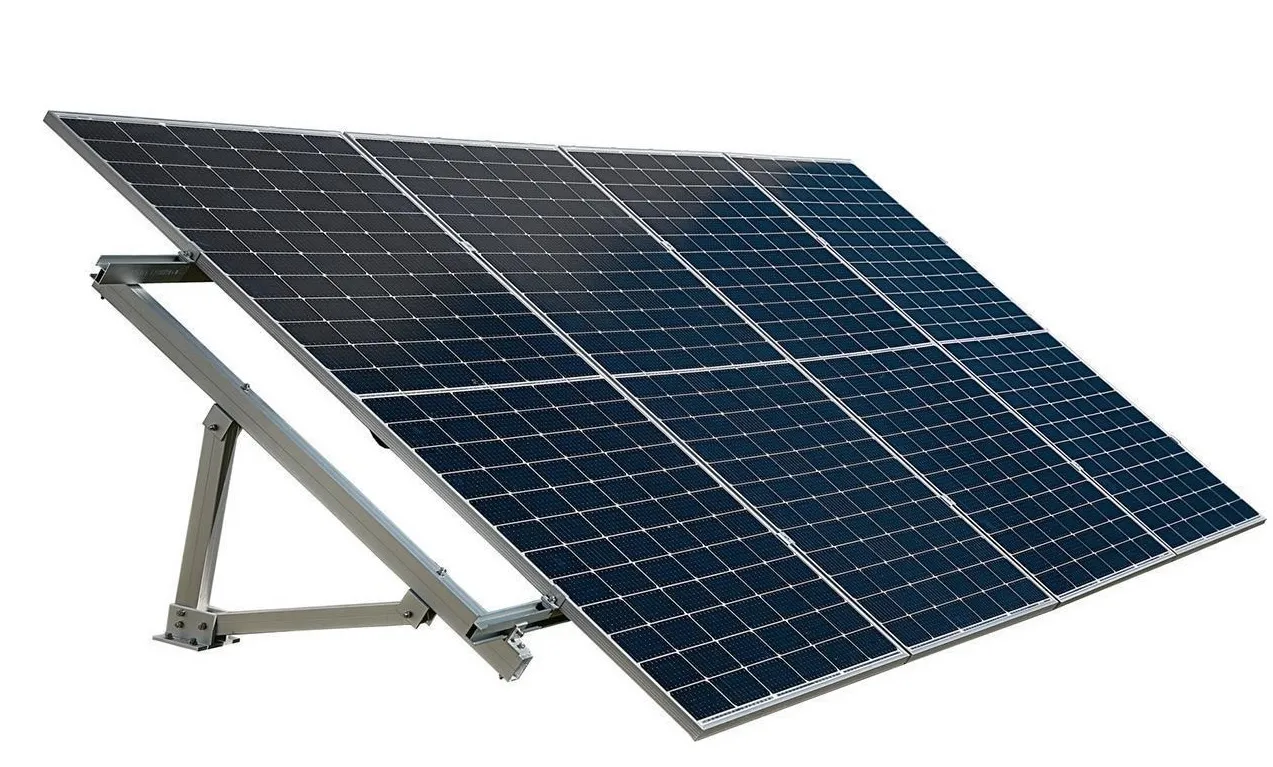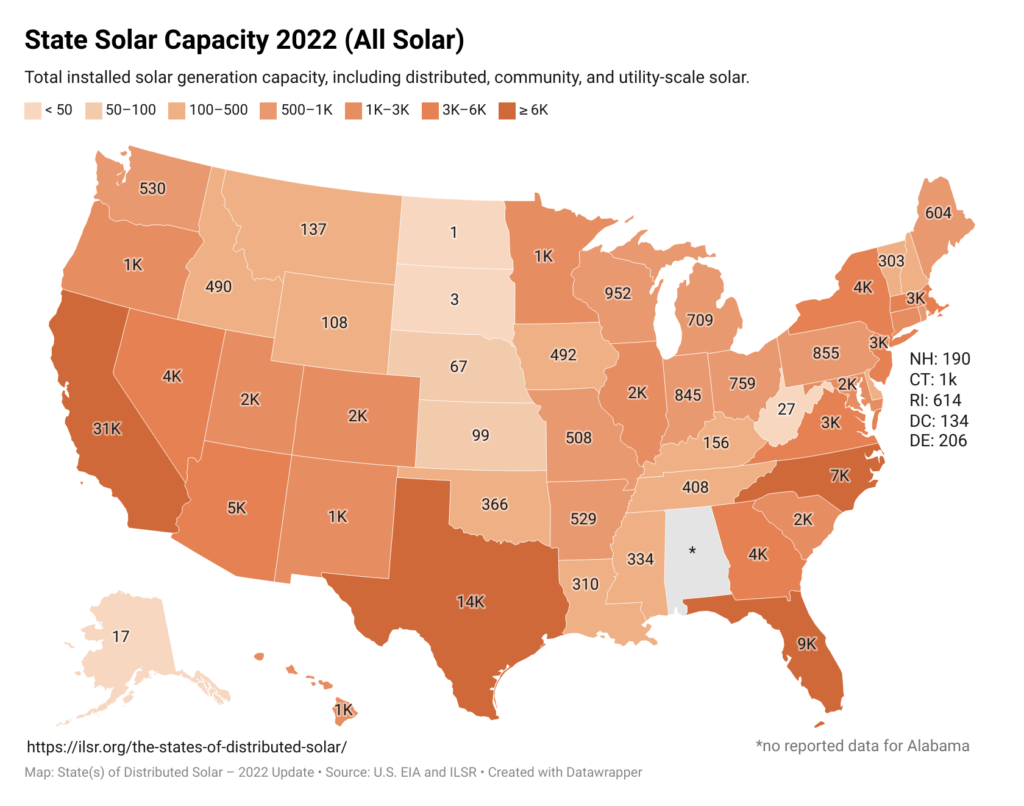What does it cost?
Solar panels can be costly to install, and prices vary based on where you live, the size of the system, the type of solar panels, and rebates offered in the state.
They usually cost around $17,500 to $24,640, although ultimately they prove very effective in reducing the cost of electricity in homes.
Keep in mind the figure presented earlier only applies to the average house. Solar panels cost between $2.40 and $3.60 per watt including installation, so how much you pay for your system depends on how many watts you need to keep your home powered.
Local and state incentives can make a difference in the cost of your solar panel system too. For example, some local governments offer incentive programs that can reduce the cost of your solar panels by $2,500 or more.
On an average $18,150 solar panel system, you'll save approximately $5,400 on your solar panels, putting your final price at around $12,700.
For more information, click here to view more articles published by the Environmental Protection Agency.

